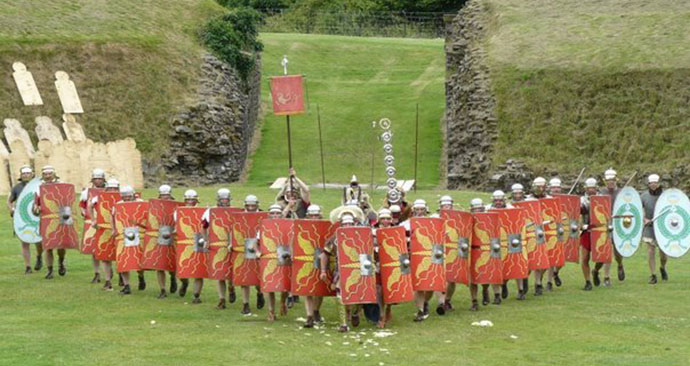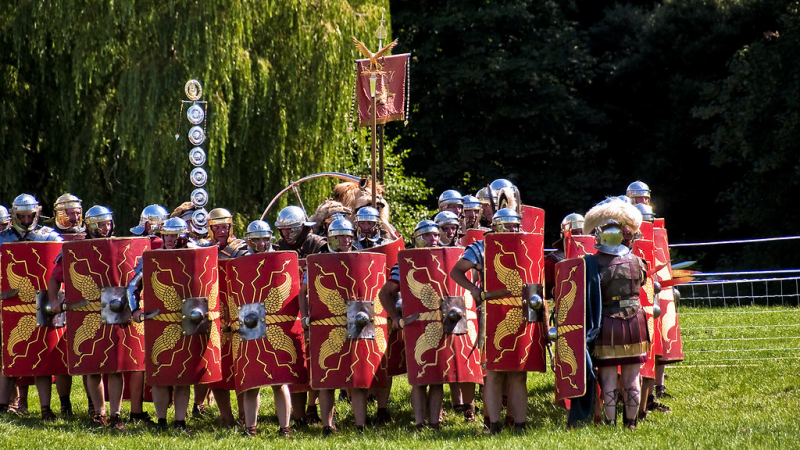The Wedge
The Roman army was the master of formation movement in antiquity, providing the general with a selection of already drilled maneuvers. The legionaries would form a wedge and assault the adversary at the cry of "cuneum formate."
It's a basic issue of physics. A sharp needle pierces enemy soldiers' bodies, as a thickening mass behind them expands to further divide their forces. A human wedge, like a wooden wedge, can split a log and smash an opposing force.
The best troops would be arranged in deep lines at the "tip" of the wedge, concentrating their killing prowess against a weaker adversary. This mismatch of blades or missiles enables the wedge to force a gap against an enemy that is being squeezed into a smaller space, which can then be enlarged by the rest of the formation.
The wedge was frequently utilized. Wedge attacks helped bring Alexander the Great of Macedon's reign to an end at the Battle of Pydna in 168 AD. After blocking a British charge with spear volleys, a massively outnumbered Roman force moved in wedge formations to put an end to Boudicca's epic insurrection in 60 or 61 AD.











